In Canada, an individual subject to a legal process such as a hearing or trial can request an accommodation connected to a human rights-related ground such as a disability. One common accommodation request is for permission to be accompanied by a support person for assistance, as this allows for meaningful participation in the process.
Reflections and news direct from Rubin Thomlinson.
Subscribe to receive updates of interest to you.
Filtered By:




